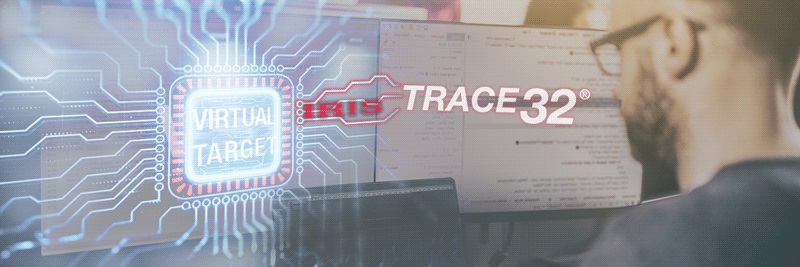IRIS SUPPORTED BY TRACE32
NewsIris Debug and Trace Interface for Virtual Target Support

Lauterbach is pleased to announce the addition of Iris support to their TRACE32 debug system for Virtual Prototypes incorporating Arm Fast Model. Virtual Prototyping offers many advantages for system designers, allowing them to fine tune a chip or SoC design and profile how application software will run on it before committing to a device. The existing debug and trace interfaces, CADI (Component Architecture Debug Interface) and MTI (Model Trace Interface) respectively, are almost 20 years old and require updating to add the features present in new embedded designs. Iris has been created to address the shortcomings of the older interfaces and lay an extensible groundwork for future expansions. The Lauterbach engineers were able to leverage more than a decade’s worth of experience working with Virtual Models to adapt to the new Iris API.
There are several compelling reasons for Iris: It’s much easier to have the model running on another machine on the network; it maintains a single API for both debug and trace; and plug-ins and trace can be dynamically loaded at any time. In addition to all of this, there is an enhanced API for table support to improve the debugging of caches, TLBs and other integrated memories as well as providing better support for trace and virtual to physical address translation. Iris, like TRACE32, can also be scripted through a Python interface.
According to Norbert Weiss, Managing Director of Lauterbach GmbH, “It has been interesting to watch the evolution of prototyping and modelling tools over the years and is personally satisfying that there has always been a Lauterbach tool available for each stage of a customer’s development. I’m excited by this new paradigm and believe that we have a strong set of tools to ensure the success of our customers.”
The new interface is available in the September 2020 TRACE32 release and is free of charge to existing customers after a software update.




